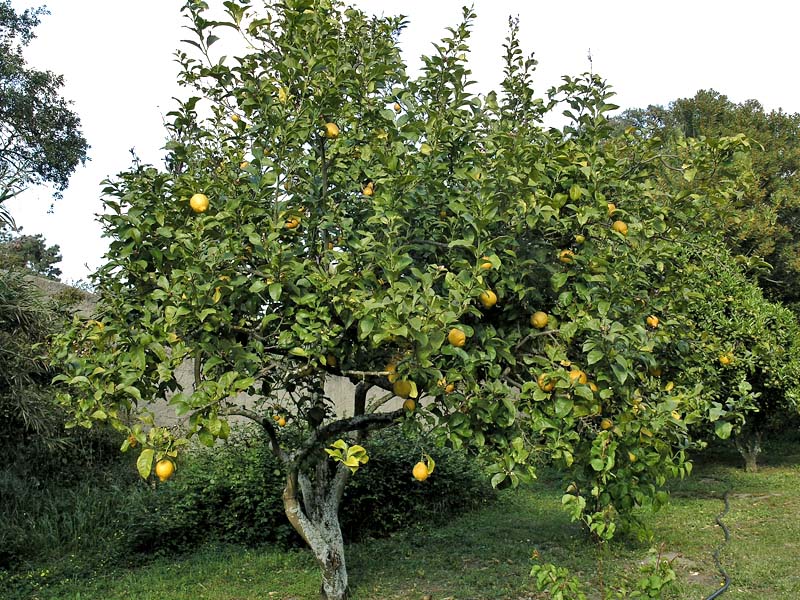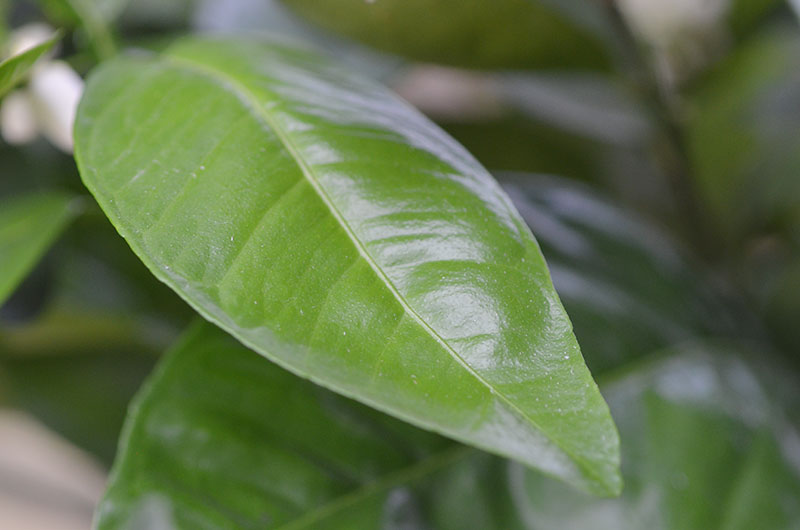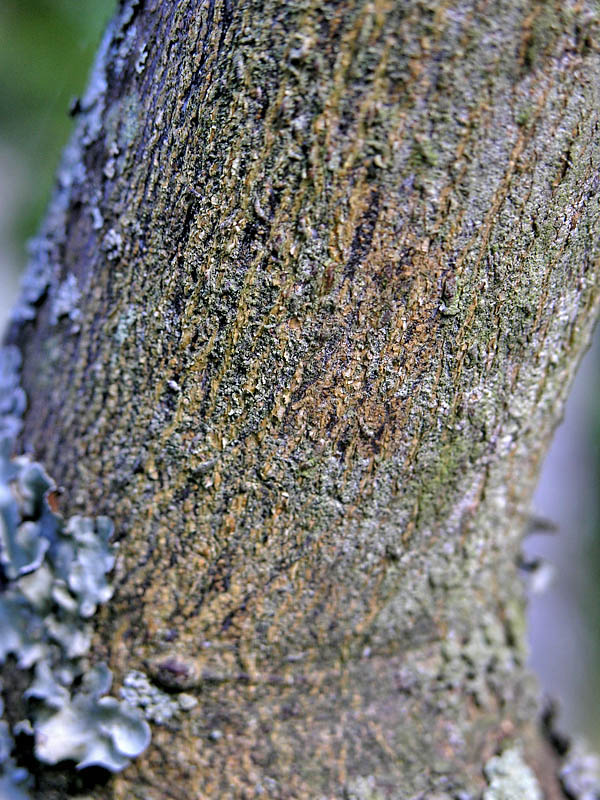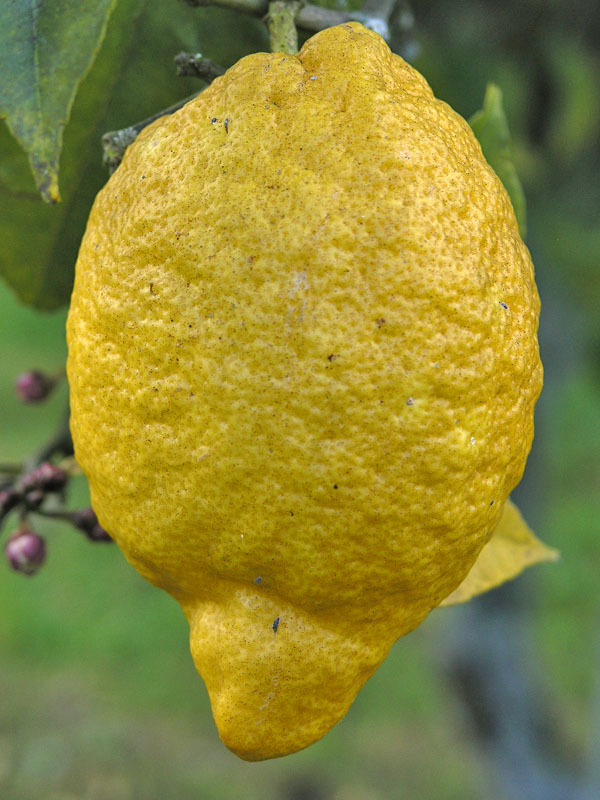
Tropicals, Woody > Citrus > Citrus x limon > Citrus x limon
Citrus x limon
Lemon
Origin: C. medica x C. aurantifolia.
Mike's
Opinion


"
Citrus limon is a beautiful evergreen with a fragrant aroma that is second to none. It's juices, oils, wood and peel have a seemingly endless list of medicinal and commomplace uses. Its glossy foliage, bright fruit, and smooth bark offer splendour to any landscape or household.
Michael Pascoe, NDP., ODH., CLT., MSc. (Plant Conservation)
"
| Family |
| Rutaceae |
| Genus |
| Citrus |
| Species |
| x limon |
| Category |
| Tropicals, Woody |
| Type |
| Tree (evergreen) |
| Pronunciation |
| USDA Hardiness Zone |
| 8-11 |
| Temperature (°C) |
| 0 - 30 |
| Temperature (°F) |
| 32 - 86 |
| Height |
| 3-6 m (if not pruned) |
| Spread |
| 5 - 6 m |
Photographs
Description and Growing Information
Flowering Period
| General Description |
| Citrus lemon is a small to medium sized tree with rich, shiny, green foliage and a tantalising citrus aroma. |
| Landscape |
| In the landscape the lemon tree can be grown in full sun and where the climate is warm enough (USDA zone 8 and above). It may be used in the garden as an accent tree for its beautiful colours or close to the home for its fragrant leaves and flowers. It can be placed in large pots to restrict its growth and therefore be placed almost anywhere, including indoors assuming full sun exposure is available. |
| Cultivation |
| Lemon trees are very tolerant of poor soil. They will grow in most mediums, from silt to loam, clay and sandy soils. However, Citrus limon prospers in porous soils that drain well with a pH between 5.5-6.5. It has a shallow root system and should be watered often, especially in the warmer months. Full sun is recommended as well as southern exposure when planting. |
| Shape |
| Symmetrical, rounded. |
| Growth |
| Medium |
| ID Characteristic |
| Most notably, the brightly coloured lemon fruits are a common identification trait. The lemon tree can also be identified by its fragrant leaves and white flowers with purple undersides. |
| Pests |
| Common pests to Citrus limon are aphids, whitefly, red scale, orange dog caterpillar, citrus thripes, and snails. Common diseases include branch knot, leaf spot, tar spot, red algae and scab. Xylella a bacterial disease is a serious threat to many horticultures crops due to its virulence and wide range of species it can infect. It can infect more than 560 species with wide ranging symptoms including leaf scorch, yellowing and scorching, wilt, branch and twig dieback and plant death. These symptoms can be identical to other symptoms such as drought and weather stress. Infected plants show symptoms within a few years after planting. |
| Habitat |
| Naturally found in tropical to subtropical climates such as its native habitat in southern Asia. Citrus limon does best in temperatures between 15-30°C. |
| Bark/Stem Description |
| The bark is smooth to the touch, it is rather thin and is light to medium brown in colour. |
| Flower/Leaf Bud Description |
| Reddish-pink in colour, oval in shape, stalked, 1-2 mm in length. |
| Leaf Description |
| Leaves are elliptical to lanceolate in shape, with an acute base and apice, and an entire margin. The leaves grow in an alternate pattern along the stem. Young leaves of most varieties are reddish-bronze in colour, developing into a medium to dark shiny green (glossy) and are aromatic when bruised or crushed. |
| Flower Description |
| The flowers are white with a external purple base. There are 4-5 petals per flower measuring approximately 2 cm long with each bloom having between 20-40 stamens with yellow anthers and a yellow stigma. |
| Fruit Description |
| Lemons are oval in shape with many pores. The peel or skin of the fruit is very smooth and quite shiny. Many lemons have a pointed tip on the bottom end of the fruit, but some are more rounded, such as the Ponderosa lemon. Depending on the cultivar the fruit can fit snugly in the palm of a hand or grow to be as large as a grapefruit. Colours vary, ranging from a light yellowish-green to bright yellow. |
| Colour Description |
| The fruit of the lemon can range from yellowish-green to bright yellow. The fruit is green, however, before it is ripe. Its leaves are medium to dark green when they are mature. The leaves of some lemon varieties start off as a beautiful deep reddish-bronze developing their green hues as they mature. The lemon flower is white with a purple base on the outside and yellow anthers and stigma. The bark is light to medium brown in colour. |
| Texture Description |
| In general, all aspects of the tree are very smooth to the touch. The only parts of the tree lacking a smooth texture are the thorns located on the branches, stems and twigs. |
| Propagation |
| Citrus limon can be propagated directly from seed, cuttings, budding or layering. When propagated by seed, it should be scarified to shorten the germination period; Citrus lemon seed are recalcitrant and thus deteriorate rapidly. Plant seed directly into a 5-10 cm pot using soil that drains well. Water thoroughly and transplant into a larger container when the roots are well established. If propagated by cuttings, the tree will flower and produce fruit more readily and sooner, as cuttings are taken from older specimens. Take cuttings from older branches that are at least 15 cm long. Remove all leaves except the upper folige. Using a sterile blade, cut the cutting at a 45� angle 1 cm below the last node. Dip the cutting in rooting hormone and plant into a container of soil or other media that retains moisture. Place the container in a tray and water the cuttings thoroughly. Success with both cuttings and seed is enhanced with the application of bottom heat. Layering is done in the field, select an actively growing branch with a diameter of about 1.5 cm. Remove a ring of bark from the branch about 1-1.5 cm, dust with rooting hormone, and wrap in moist sphagnum moss, cover with plastic, securing both ends throughly. Roots should begin to appear after several weeks. Once the sphagnum is completely impregnated with roots, severe the layer below the plastic towards the main branch, remove the plastic and pot up; keeping the potted plant in partial shade until it has acclimatized. Commercial cultivars are budded onto the species rootstock. |
References
Morton, J. 1987. p.160-168. Fruits of Warm Climates. Julia F. Morton, Miami, Florida.
Capon, Brian. 2010. Botany for Gardeners: Third Edition. Portland, Oregon: Timber Press, Inc.



